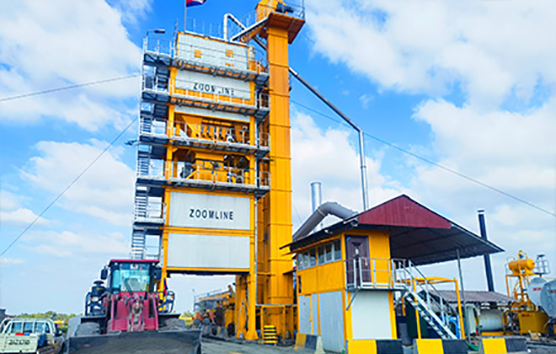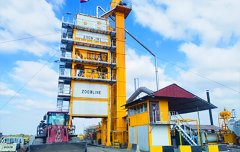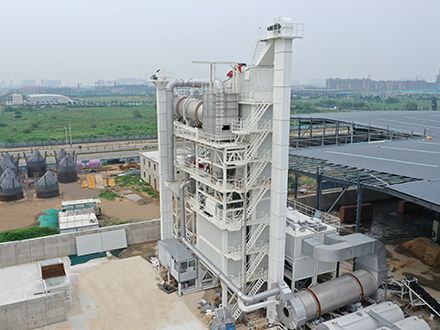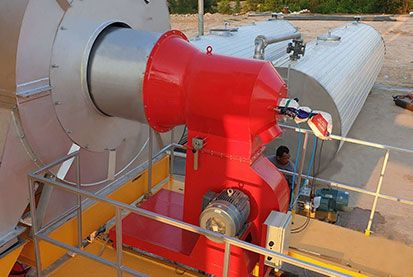The asphalt smoke generated during the modification process is complex in composition, high in concentration, and difficult to treat. The asphalt smoke mentioned below refers to the asphalt smoke generated during the modification process.

[Process Flow]
The asphalt flue gas treatment process is divided into two stages: physical treatment (pretreatment) and physicochemical treatment.
Physical processing (pretreatment): By physical methods, dust, oil, and most solid or liquid organic pollutants are first removed to prevent them from adhering to subsequent physical and chemical treatment equipment, causing contamination or failure after compaction. Common pretreatment processes include: cyclone, washing, electrostatic adsorption, condensation, etc.
Physical and chemical treatment: After pre-treatment, most of the liquid and solid pollutants in asphalt flue gas have been removed, and the remaining flue gas contains various organic gases (mainly the vapors of organic pollutants), which are the main sources of volatile organic compounds (VOCs) emissions and odors. Common physical and chemical treatment processes include plasma, photocatalysis, incineration, activated carbon adsorption, etc.



